Fertilizing Outdoor Ferns – Types Of Garden Fern Fertilizer
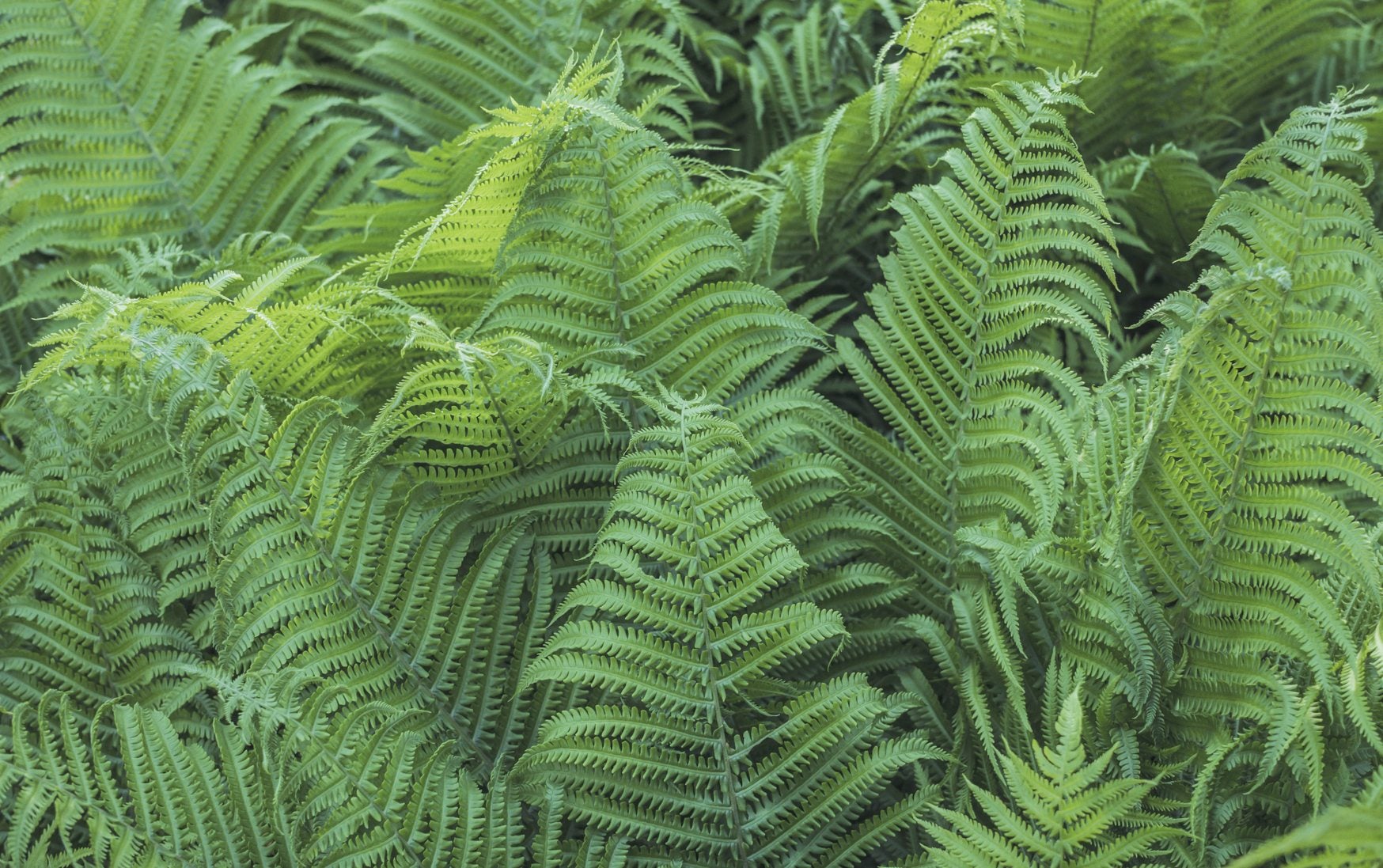

The oldest discovered fossil of a fern is dated back to about 360 million years ago. The interrupted fern, Osmunda claytoniana, has not changed or evolved at all in 180 million years. It grows wild and rampant all-over northeastern America and Asia, exactly as it has for over a hundred million years. Many of the ferns we grow as common garden ferns are the same species of fern that have grown here since the Cretaceous period, about 145 million years ago. What this means for us is that Mother Nature has got fern growing down pat, and no matter how much of a black thumb you think you have, you probably won't kill them. That said, when it comes to fertilizing outdoor ferns, there are things you should know.
Fertilizer for Garden Ferns
About the most harmful thing you can do for ferns is too much. Ferns are very sensitive to overfertilization. In nature, they get the nutrients they need from fallen leaves or evergreen needles and rainwater running off their tree companions. The best thing to try if ferns look pale and limp is to add organic material like peat, leaf mold, or worm castings around the root zone. If fern beds are well maintained and kept free of fallen leaves and debris, it’s best to top dress the soil around your ferns each spring with rich organic material.
Feeding Outdoor Fern Plants
If you feel you must use fertilizer for garden ferns, use only a light slow-release fertilizer. 10-10-10 is plenty, but you could use up to 15-15-15. If the outer fronds or tips of the fronds turn brown, this is a sign of overfertilizing outdoor ferns. You can then try to flush the fertilizer from the soil with extra watering. Ferns like a lot of water and should be fine with this flushing, but if tips turn black, decrease the watering. Slow-release fertilizer for garden ferns should only be done annually in the spring. Container grown outdoor ferns can be fertilized in spring, and again in midsummer if they look pale and unhealthy. Fertilizer is leached out of container grown plants quicker than it is leached from garden soil. Never apply garden fern fertilizer in the fall. Even ferns divided in fall will not need to be fertilized until spring. Adding fertilizer in fall can be far more hurtful than helpful. You can cover fern crowns with mulch, straw, or peat in late autumn though for a little boost of nutrients in early spring.
Gardening tips, videos, info and more delivered right to your inbox!
Sign up for the Gardening Know How newsletter today and receive a free copy of our e-book "How to Grow Delicious Tomatoes".
-
 Looking For Plants To Give You The Soft And Fuzzies? Try These 5 Fuzzy Leaf Plant Options
Looking For Plants To Give You The Soft And Fuzzies? Try These 5 Fuzzy Leaf Plant OptionsLovers of texture, drama, silver foliage and tactile plants will adore these special sensory garden additions. These fuzzy leaf plant options will leave you all aglow
By Susan Albert
-
 Get Ready For A Summer Of Hummers! Grow These Full Sun Hummingbird Plants and Flowers
Get Ready For A Summer Of Hummers! Grow These Full Sun Hummingbird Plants and FlowersIf you’re lucky enough to enjoy a sunny backyard, make sure you are maxing out on your pollinator opportunities and grow these full sun hummingbird plants and flowers
By Tonya Barnett
-
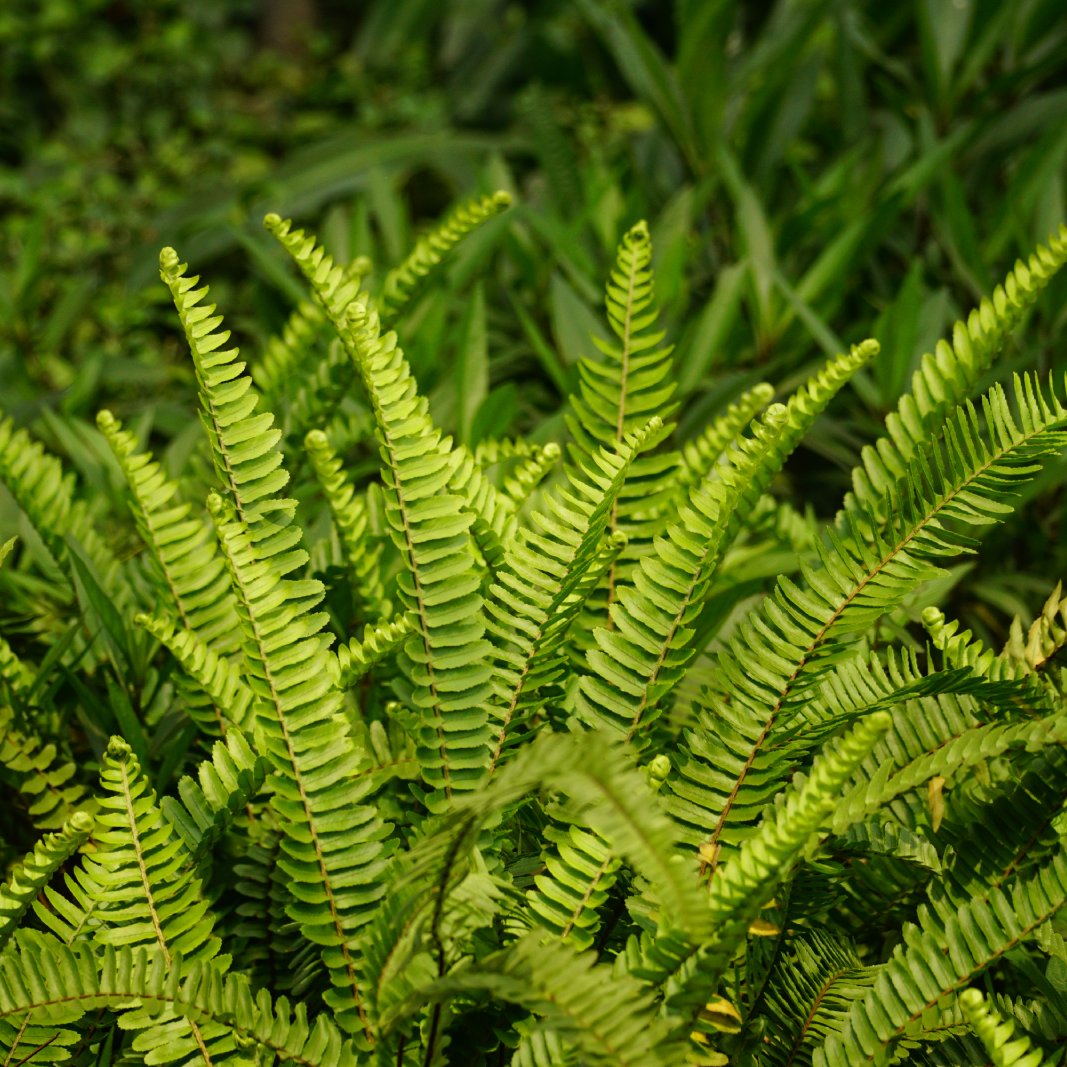 Polypodium Care: How To Grow And Care For Polypodium Ferns
Polypodium Care: How To Grow And Care For Polypodium FernsA small fern with a funny name, the polypodium - or polypody fern - likes to be shaded by trees and enjoys a moist environment.
By Bonnie L. Grant
-
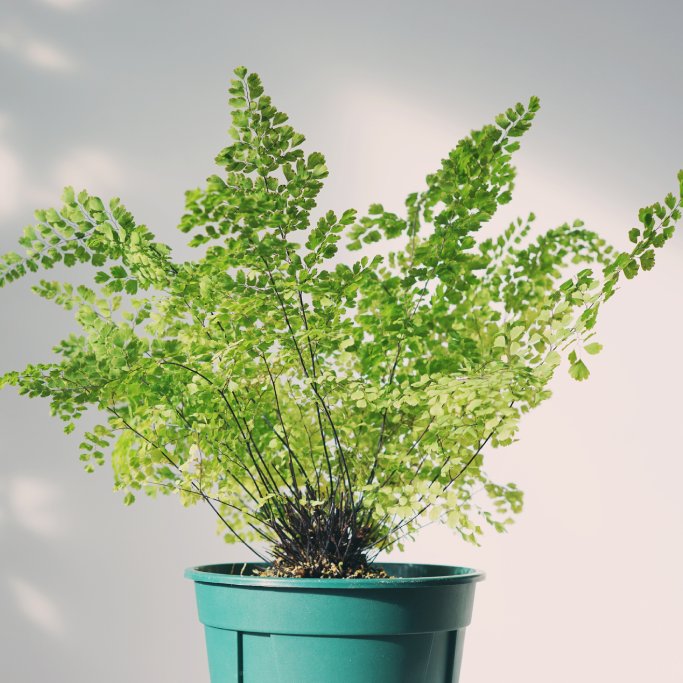 Southern Maidenhair Fern: Complete Care And Growing Guide
Southern Maidenhair Fern: Complete Care And Growing GuideThe delicate adiantum capillus-veneris, or maidenhair fern is a great addition to a woodland garden or indoor plant collection.
By Susan Albert
-
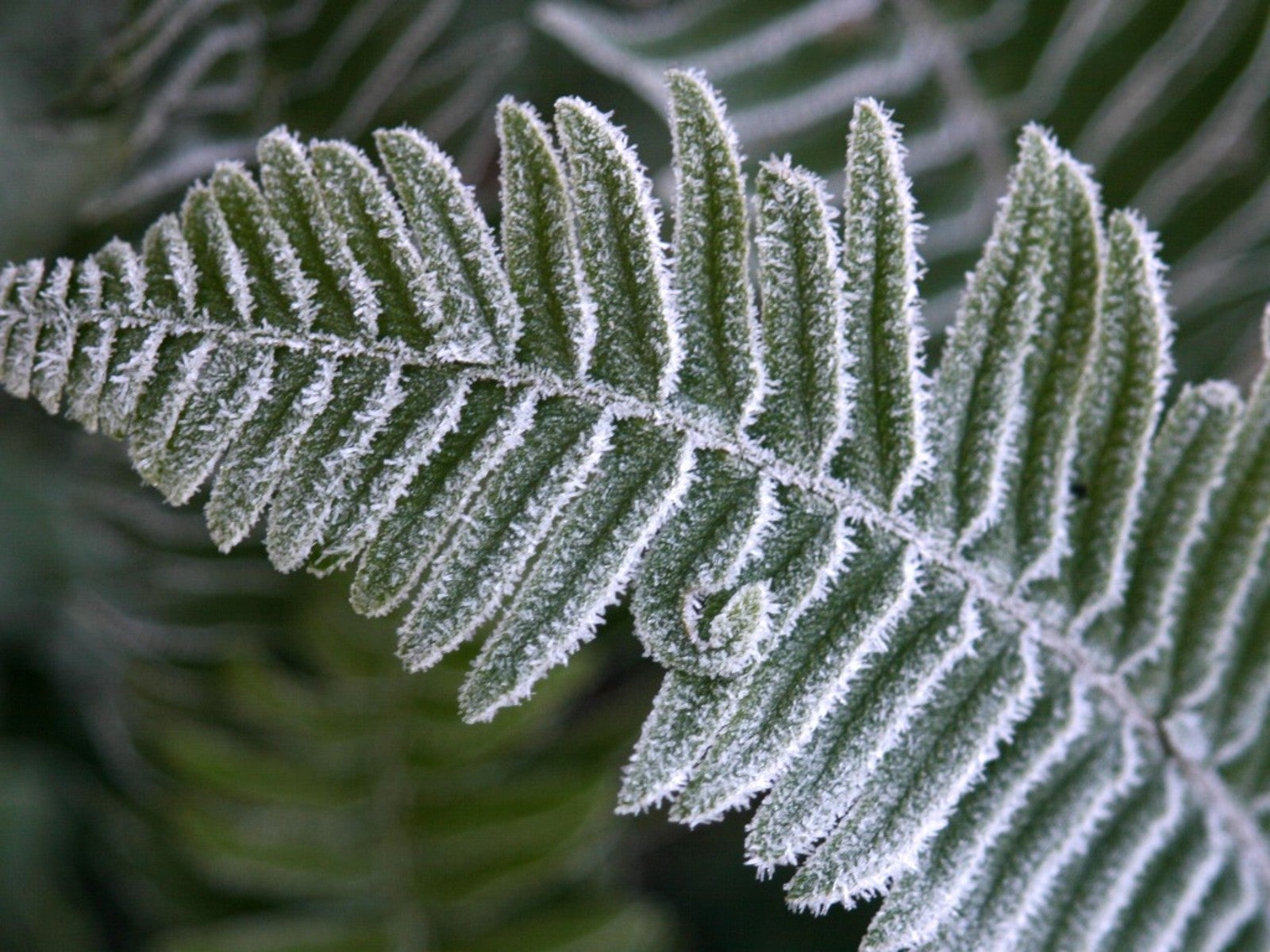 Hardy Ferns For A Green Garden All Year Long
Hardy Ferns For A Green Garden All Year LongFerns are always a beautiful addition to your landscape. Learn which ones can take the cold weather and still stay green.
By Mary Ellen Ellis
-
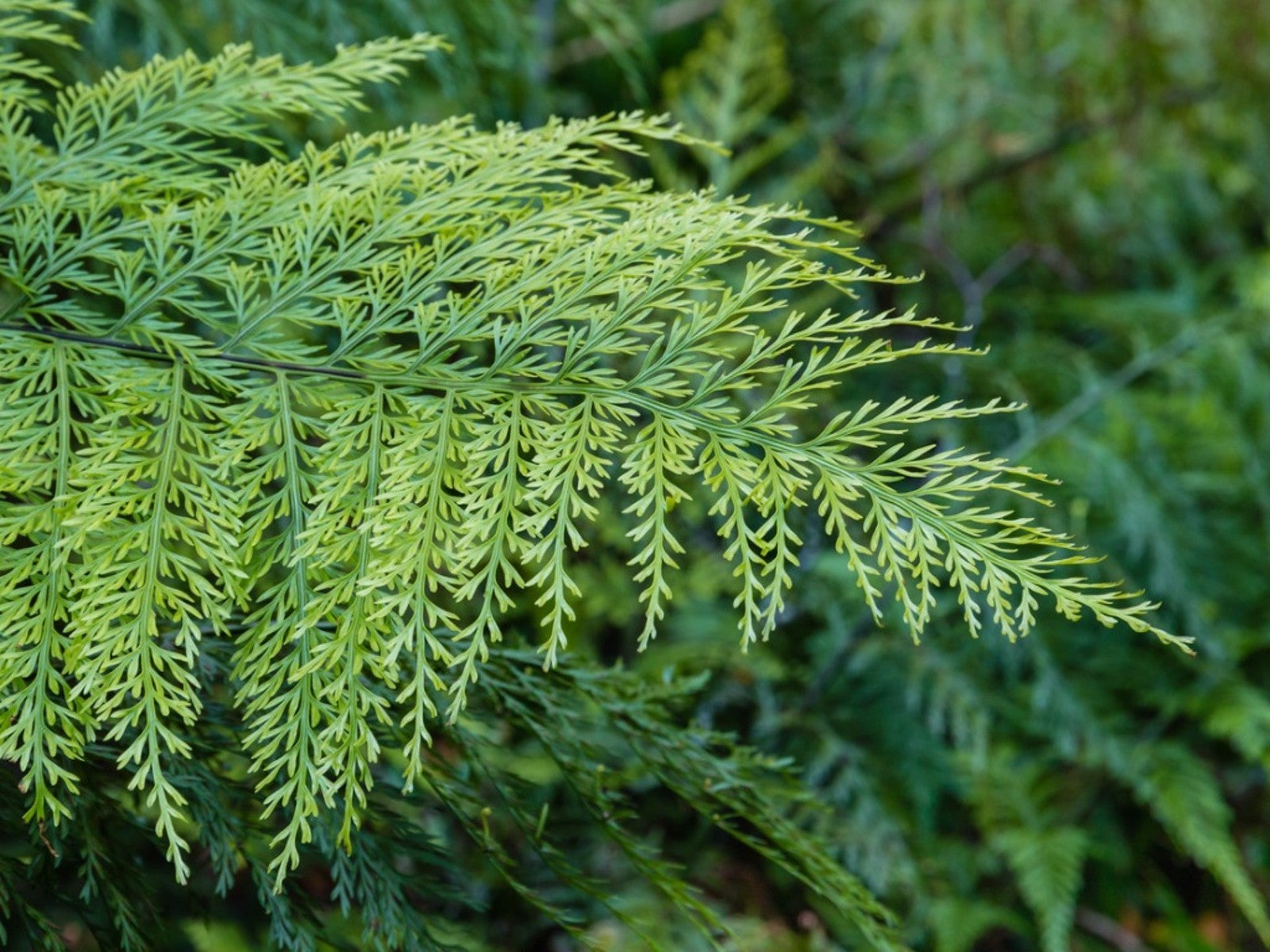 How To Care For A Tropical Mother Fern Indoors
How To Care For A Tropical Mother Fern IndoorsMother fern is a fern native to New Zealand sold as a common indoor houseplant. Click the following for information on mother fern indoor care and propagation.
By Amy Grant
-
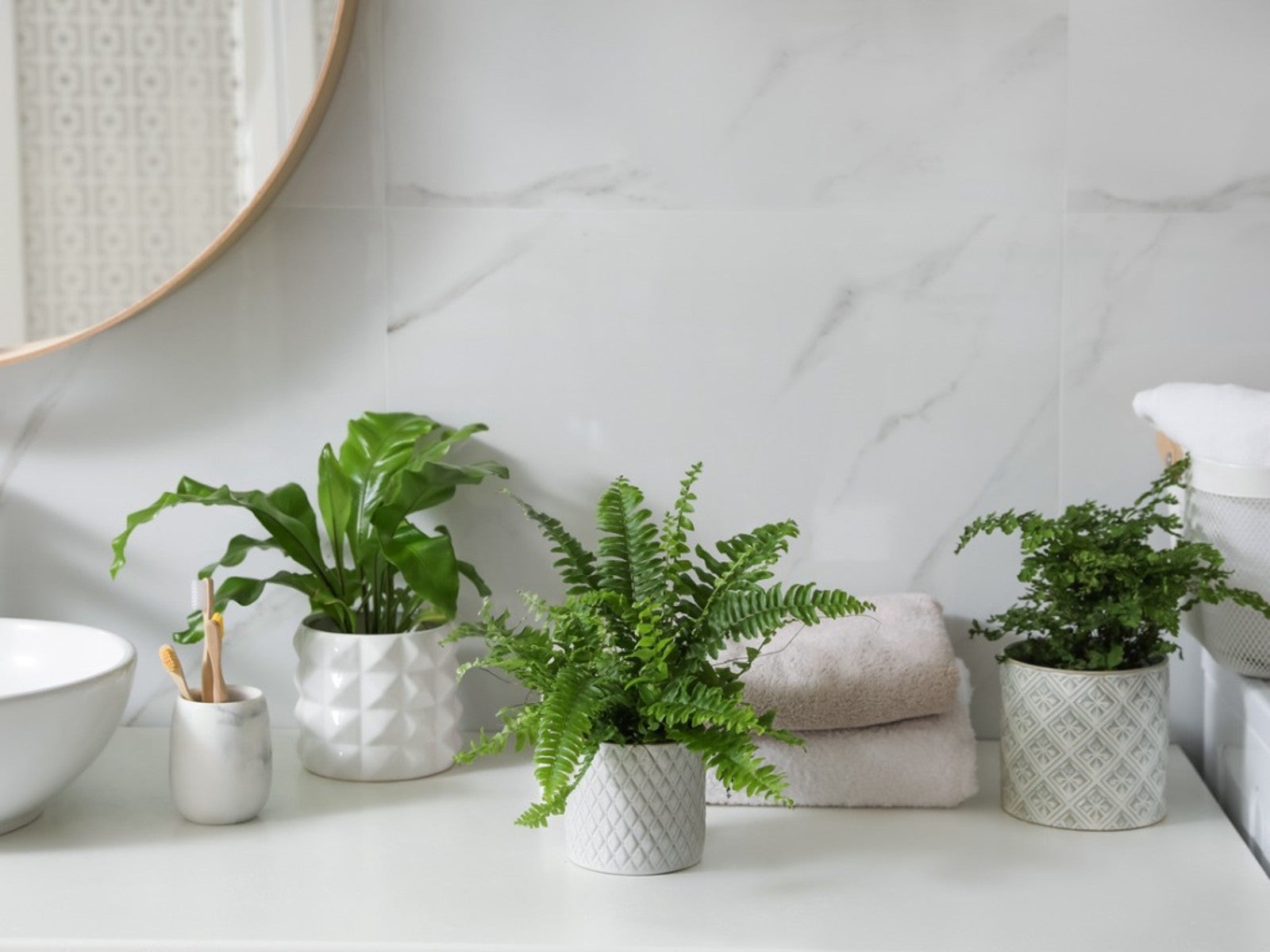 Growing Ferns As Houseplants: 9 Types Of Ferns To Grow Indoors
Growing Ferns As Houseplants: 9 Types Of Ferns To Grow IndoorsFern houseplants can add a tropical feel to an indoor space. Click here for nine beautiful varieties of fern well-suited to indoor growing.
By Mary Ellen Ellis
-
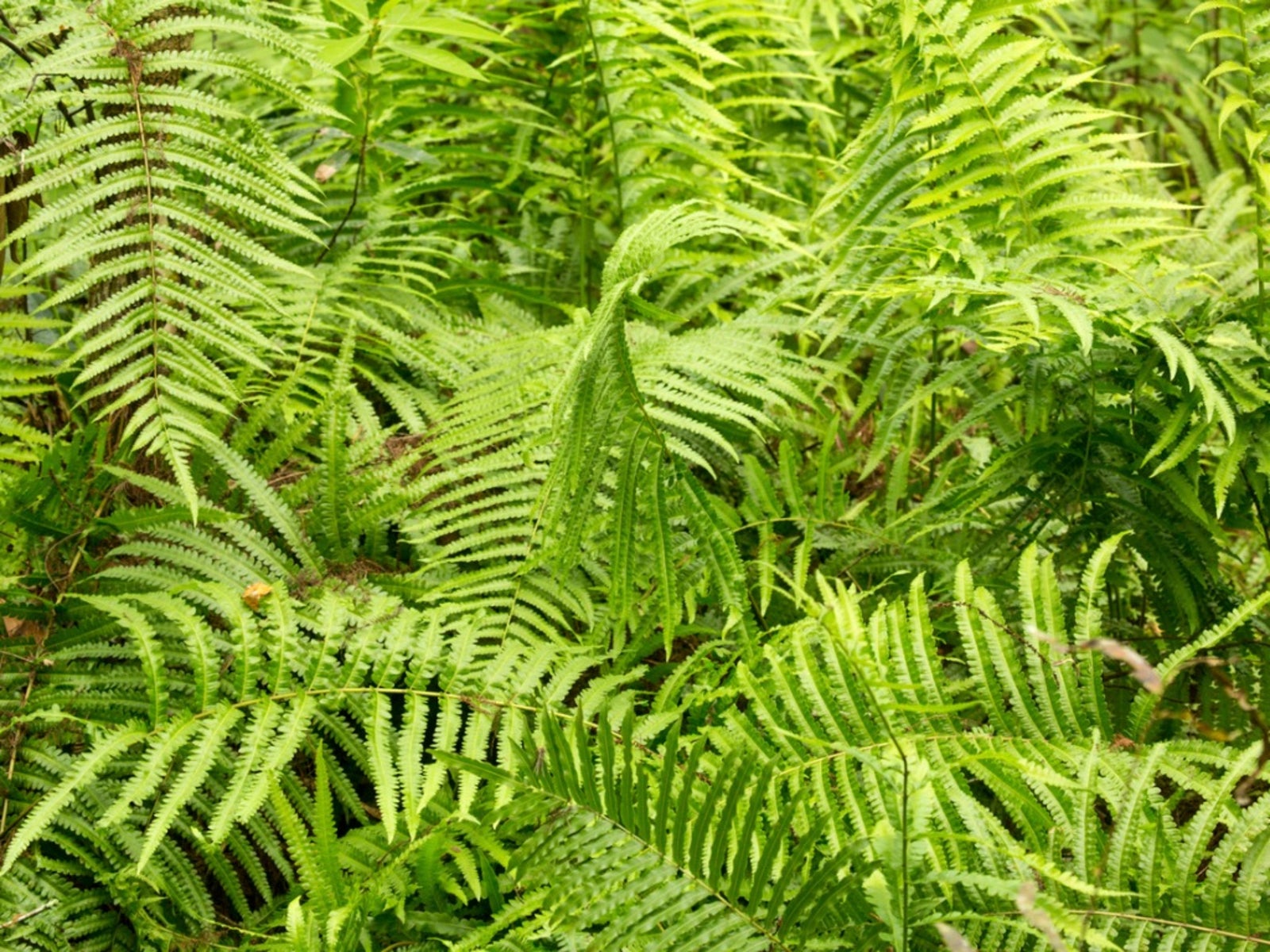 Shield Fern Plant Info – Growing Southern Shield Ferns In Gardens
Shield Fern Plant Info – Growing Southern Shield Ferns In GardensFor a shade loving and deer resistant plant, try growing Southern Shield ferns. Click here for more information on this fern variety.
By Amy Grant
-
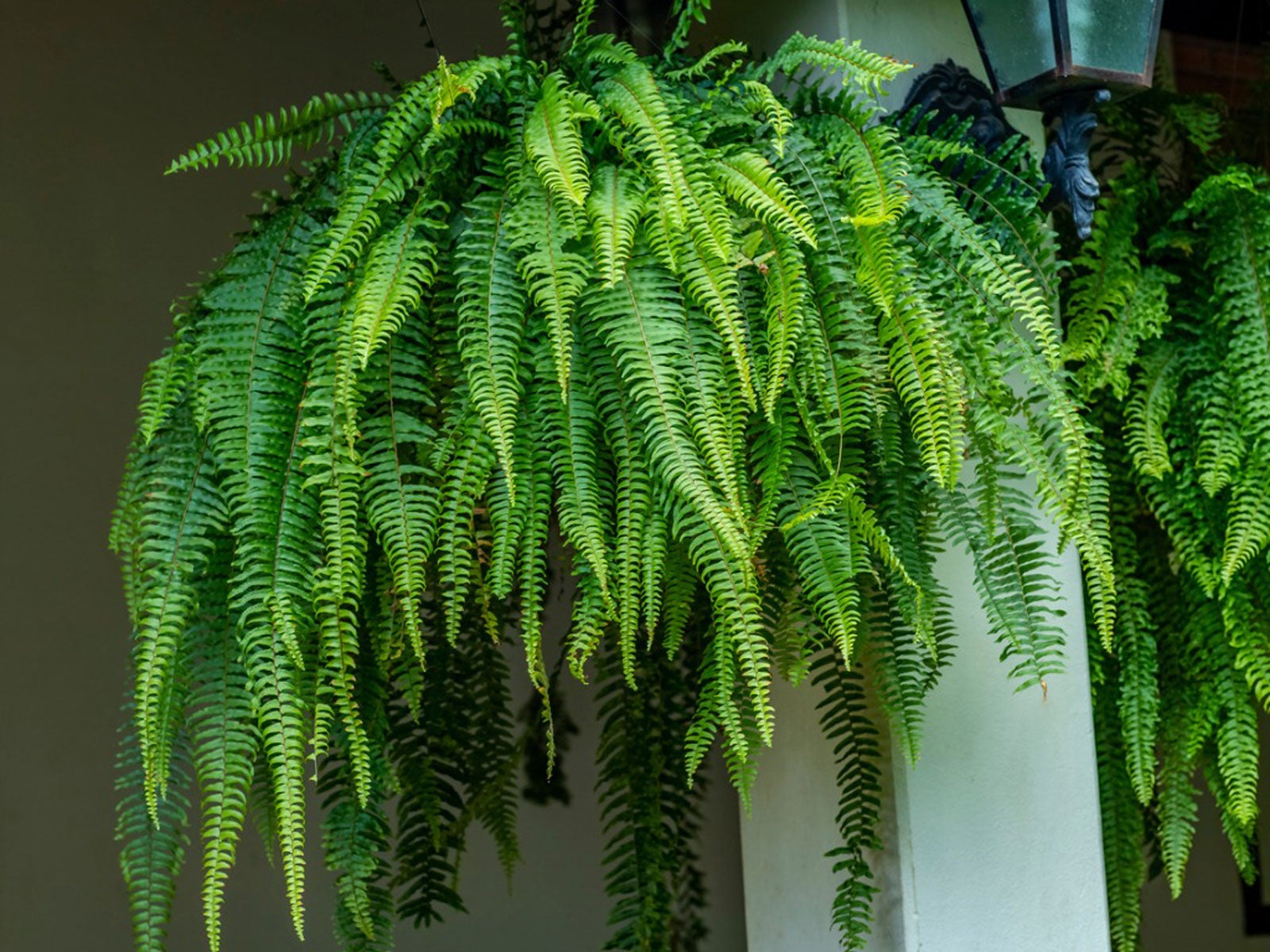 Fern In A Hanging Container: Care Of Ferns In Hanging Baskets
Fern In A Hanging Container: Care Of Ferns In Hanging BasketsFerns in hanging baskets are charming, and growing ferns in hanging containers outdoors is common over summer. Click here for tips on growing hanging ferns.
By Mary H. Dyer
-
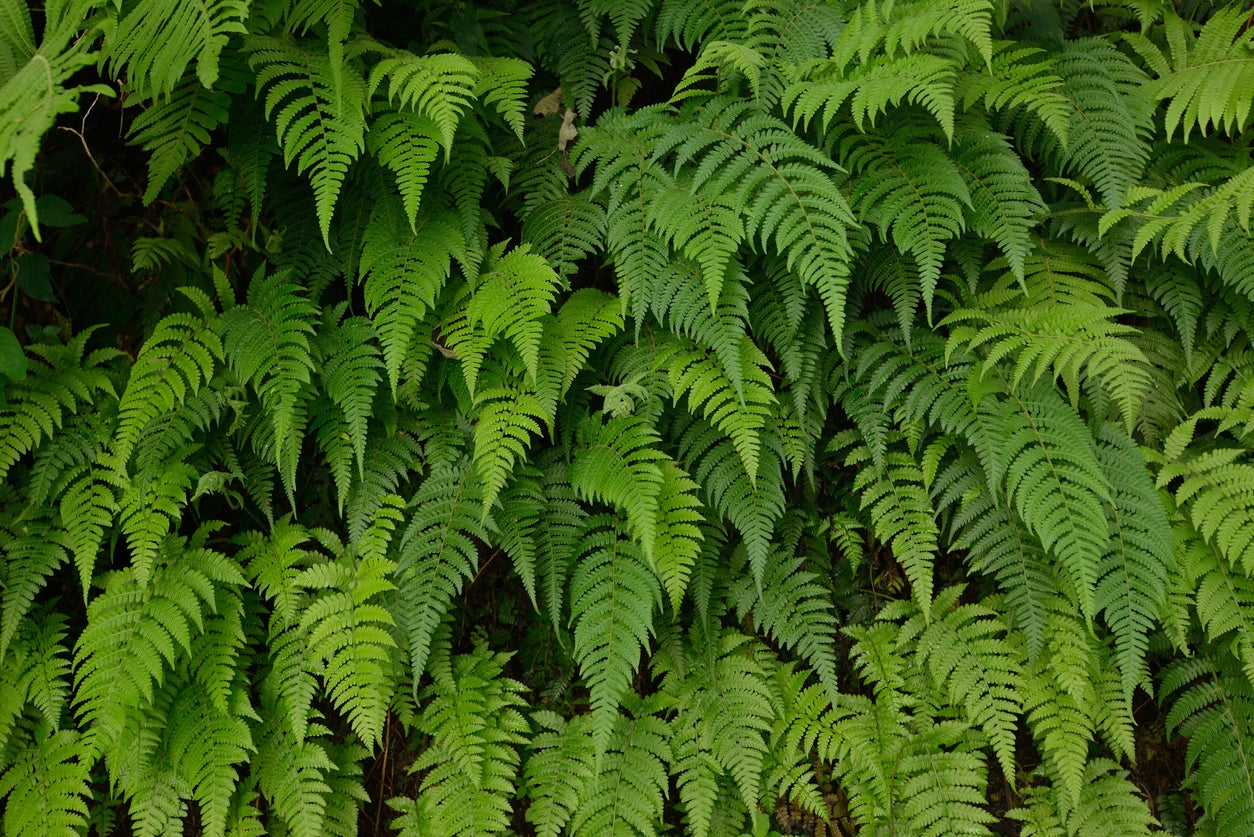 Common Fern Varieties: Learn About Different Ferns To Grow
Common Fern Varieties: Learn About Different Ferns To GrowIf you’re searching for an unusual type plant to use in mostly shaded areas, consider the graceful textures and forms of fern varieties. Take advantage of various types of fern plants to grace the wooded landscape. Click here for some suggestions.
By Becca Badgett